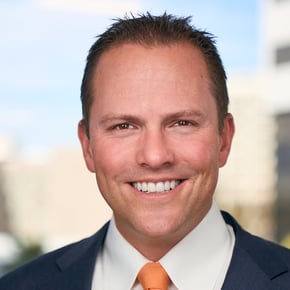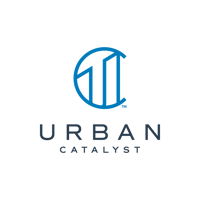Speaking at the BISNOW “Opportunity Zones 101: San Francisco, South Bay & the Peninsula” event at Hotel Nikko in San Francisco, Erik Hayden joined Todd Chapman, president of JMA ventures, and moderator Jeffrey Diener, partner with Paul Hastings, to discuss the ins and outs of creating an Opportunity Fund. Topics focused on everything from investment strategy and investors to guidance from the IRS, single versus multi-asset funds, and asset choice.
Asked about the 10-year hold on assets and how it impacts who invests, Erik spoke about seeing a lot of investors that have previous been relegated to the sidelines now having the ability to compete because of the structure of an Opportunity Fund and its potential tax benefits. He specified Urban Catalyst is specifically looking for family office, tech investors, wealthy individuals, venture capital funds, and private companies with capital gains. Erik also said typically interest is from sophisticated investors who understand the nature of a long-term hold and how that can have benefits in the real estate industry. He mentioned that he likes to think of Urban Catalyst as a 14-year fund. Focusing on a one-year raise and 10-year hold, followed by 2-3 years for liquidation.
Questioned about the complexity of starting a multi-asset fund so early on, Erik made it clear Urban Catalyst wanted to be the first in the market to take the risk in order to take advantage of the opportunity, attract investors, and pick up choice properties in the Bay Area. To that end, he assembled an elite group of advisors, attorneys, and compliance advisors to structure the company, making Urban Catalyst the best team to navigate current regulations and maximize benefits to investors.
Want to learn about investing in Silicon Valley Opportunity Zones? Contact Us today.
*Consult with your attorney regarding federal and state regulations and note tax regulations are subject to change


